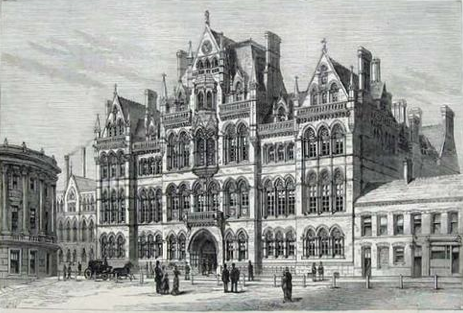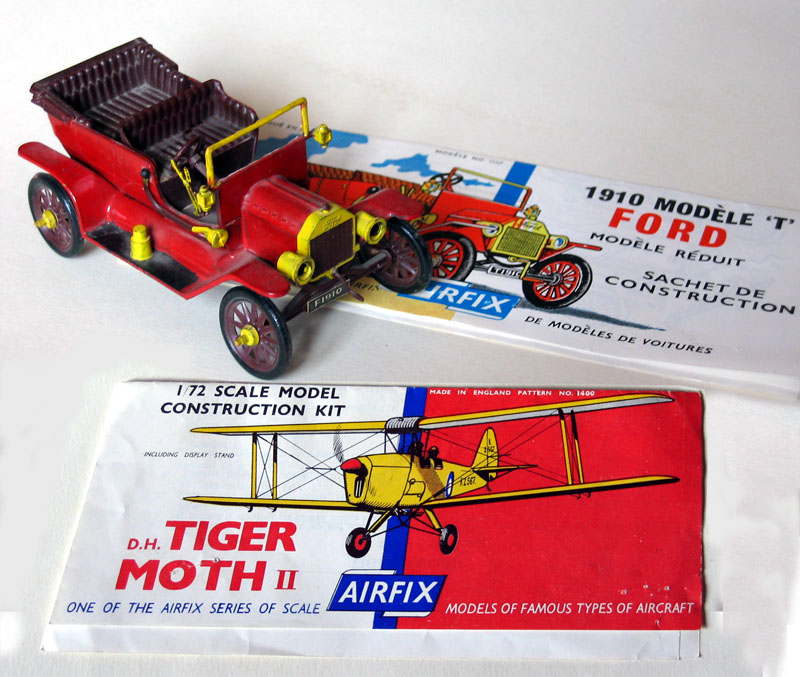|
LMS Class 2P 4-4-0
The London, Midland and Scottish Railway Class 2P 4-4-0 was a class of steam locomotive designed for light passenger work. Overview The class was introduced in 1928 and was a Railways Act 1921, post-grouping development of the Midland Railway 483 Class with modified dimensions and reduced boiler mountings. The numbering continued from where the Midland engines left off at 563 and eventually reached 700. 138 were built, though numbering is slightly complicated by renumberings and transfers. Details Numbers 633 and 653 were fitted with Dabeg feedwater heater in 1933. Numbers 591 and 639 were withdrawn in 1934 after being heavily damaged in an accident at Port Eglinton Junction near Cumberland Street Station, Glasgow on 6 September of the same year. After nationalisation in 1948, British Railways added 40000 to the numbers of the remaining 136 engines. Further withdrawals came between 1954 and 1962. All were scrapped. Models Hornby Railways, Hornby produce a 00 ... [...More Info...] [...Related Items...] OR: [Wikipedia] [Google] [Baidu] |
Henry Fowler (engineer)
Sir Henry Fowler, (29 July 1870 – 16 October 1938) was an English railway engineer, and was chief mechanical engineer of the Midland Railway and subsequently the London, Midland and Scottish Railway. Biography Fowler was born in Evesham, Worcestershire, on 29 July 1870. His father, also named Henry, was a furniture dealer, and his family were Quakers. He was educated at Prince Henry's Grammar School, Evesham (now Prince Henry's High School, Evesham), and at Mason Science College (which became the University of Birmingham) between 1885 and 1887 where he studied metallurgy. He served an apprenticeship under John Aspinall at the Lancashire and Yorkshire Railway (L&YR)'s Horwich Works from 1887 to 1891. Fowler was elected as a Whitworth Exhibitioner in 1891. He then spent four years in the Testing Department under George Hughes, whom he succeeded as head of the department. He married Emmie Needham Smith in 1895, and they had three children. Emmie died in 1934. Between ... [...More Info...] [...Related Items...] OR: [Wikipedia] [Google] [Baidu] |
Scrapped Locomotives
Scrap consists of Recycling, recyclable materials, usually metals, left over from product manufacturing and consumption, such as parts of vehicles, building supplies, and surplus materials. Unlike waste, scrap can have Waste valorization, monetary value, especially recovered metals, and non-metallic materials are also recovered for recycling. Once collected, the materials are sorted into types – typically metal scrap will be crushed, shredded, and sorted using mechanical processes. Metal recycling, especially of structural steel, Ship breaking, ships, used manufactured goods, such as Vehicle recycling, vehicles and white goods, is an industrial activity with complex networks of wrecking yards, sorting facilities, and recycling plants. The industry includes both formal organizations and a wide range of informal roles such as waste pickers who help sorting through scrap. Processing Scrap metal originates both in business and residential environments. Typically a "scrapper" wi ... [...More Info...] [...Related Items...] OR: [Wikipedia] [Google] [Baidu] |
Railway Locomotives Introduced In 1928
Rail transport (also known as train transport) is a means of transport using wheeled vehicles running in tracks, which usually consist of two parallel steel rails. Rail transport is one of the two primary means of land transport, next to road transport. It is used for about 8% of passenger and freight transport globally, thanks to its energy efficiency and potentially high speed.Rolling stock on rails generally encounters lower frictional resistance than rubber-tyred road vehicles, allowing rail cars to be coupled into longer trains. Power is usually provided by diesel or electric locomotives. While railway transport is capital-intensive and less flexible than road transport, it can carry heavy loads of passengers and cargo with greater energy efficiency and safety. Precursors of railways driven by human or animal power have existed since antiquity, but modern rail transport began with the invention of the steam locomotive in the United Kingdom at the beginning of the 19th ... [...More Info...] [...Related Items...] OR: [Wikipedia] [Google] [Baidu] |
LMS Compound 4-4-0
The London, Midland and Scottish Railway Compound 4-4-0 was a class of steam locomotive designed for passenger work. Overview One hundred and ninety five engines were built by the LMS, adding to the 45 Midland Railway 1000 Class, to which they were almost identical. The most obvious difference is that the driving wheel diameter was reduced from on the Midland locomotive to on the LMS version. They were given the power classification 4P. The LMS continued the Midland numbering from 1045 to 1199 and then started in the lower block of 900–939. After nationalisation in 1948, BR added 40000 to their numbers so they became 40900–40939 and 41045–41199. 40933 was later fitted with a Stanier 3500 gallon tender from 40936. 40936 was fitted to a Stanier 3500 gallon tender. Later fitted to 40933. Accidents and incidents *On 8 January 1929, locomotive 1060 was hauling an express passenger train from Bristol to Leeds, Yorkshire when it overran signals at , Gloucestershire a ... [...More Info...] [...Related Items...] OR: [Wikipedia] [Google] [Baidu] |
N Gauge
N scale is a popular model railway scale. Depending upon the manufacturer (or country), the scale ranges from 1:148 to 1:160. Effectively the scale is 1:159, 9 mm to , which is the width of standard gauge railway. However the scale may vary to simulate wide or narrow-gauge rail. In all cases, the ''gauge'' (the distance between the rails) is . The term N ''gauge'' refers to the track dimensions, but in the United Kingdom in particular British N gauge refers to a 1:148 scale with 1:160 () track gauge modelling. The terms N scale and N gauge are often inaccurately used interchangeably, as scale is defined as ratio or proportion of the model, and gauge only as a distance between rails. The scale 1:148 defines the rail-to-rail gauge equal to 9 mm exactly (at the cost of scale exactness), so when calculating the rail or track use 1:160 and for engines and car wheel base use 1:148. All rails are spaced 9 mm apart but the height can differ. Rail height (in thousand ... [...More Info...] [...Related Items...] OR: [Wikipedia] [Google] [Baidu] |
Graham Farish
{{Use dmy dates, date=April 2022 Graham Farish is a Chinese-owned brand of N scale, N gauge British railway models. The Graham Farish Ltd company was founded in 1928 in the UK and Kader Group of Hong Kong bought the firm in 2001. Kader's subsidiary, Bachmann Industries absorbed its operations and the models are made in China. History The Poole, Dorset based manufacturer of radio parts and kits entered the model railway business in the late 1940s, after the need for radio sets dropped post World War II. The early 1950s models focused on British OO gauge, and they manufactured track, wagons and other supporting items. Many of the more obscure items such as the Graham Farish Coronation figures (by Russell Gammage) from 1953 are considered collectors items. Originally the OO railway locomotives were powered by an unconventional 2 pole DC electric motor. Unfortunately many of their diecast items were manufactured with impure mazac, which was all that was available immediately after t ... [...More Info...] [...Related Items...] OR: [Wikipedia] [Google] [Baidu] |
Airfix
Airfix is a British brand and former manufacturing company which produced Injection moulding, injection-moulded plastic model, plastic scale model kits. In the UK, the name 'Airfix' has become practically synonymous with plastic models of this type, "they became a sort of generic name for any plastic, injection-moulded model kit". Airfix manufactured a wide range of plastic model products such as model car, cars, model aircraft, aircraft, model ship, ships, commercial vehicles, model military vehicle, military vehicles, rail transport modelling, railways, and model figure, figures. Founded in 1939, Airfix was owned by Humbrol from 1986 until the latter's financial collapse on 31 August 2006. Since 2007, both Humbrol and Airfix have been owned by Hornby Railways, Hornby. History Airfix was founded in 1939 by Hungarian businessman Nicholas Kove, initially to manufacture inflatable rubber toys. The brand name was selected so that it would be alphabetically the first in trade direct ... [...More Info...] [...Related Items...] OR: [Wikipedia] [Google] [Baidu] |
Dapol
Dapol Ltd is a model railway manufacturer based in Chirk, Wales. The factory where some of the design and manufacturing take place is just over the border in England. The company is known for its model railroad, model railway products in N gauge, OO gauge and O gauge. History Dapol's name is a play on its founders David and Pauline Boyle's names. He owned a model concern Highfield Birds & Models. In 1981 he first tried to buy the Airfix and Mainline ranges. The Dapol brand name was first used in a ''Railway Modeller'' advert of September 1983. The first Dapol wagons (for OO) were announced to become available on 20 November 1983. From 1 March 1984 ex Airfix railway kits became available. Later in the year ''Railway Modeller'' magazine carried a two-page profile of the new concern with the upbeat title 'An exciting new model empire'. A lot of David Boyle's background was explored. Some of Dapol's ambitions were frustrated. That article said that the Austerity 2-8-0 and the LMS ... [...More Info...] [...Related Items...] OR: [Wikipedia] [Google] [Baidu] |
Scale Model
A scale model is a physical model that is geometrically similar to an object (known as the ''prototype''). Scale models are generally smaller than large prototypes such as vehicles, buildings, or people; but may be larger than small prototypes such as anatomical structures or subatomic particles. Models built to the same scale as the prototype are called '' mockups''. Scale models are used as tools in engineering design and testing, promotion and sales, filmmaking special effects, military strategy, and hobbies such as rail transport modeling, wargaming and racing; and as toys. Model building is also pursued as a hobby for the sake of artisanship. Scale models are constructed of plastic, wood, or metal. They are usually painted with enamel, lacquer, or acrylics. Model prototypes include all types of vehicles (railroad trains, cars, trucks, military vehicles, aircraft, and spacecraft), buildings, people, and science fiction themes (spaceships and robots). Methods M ... [...More Info...] [...Related Items...] OR: [Wikipedia] [Google] [Baidu] |







